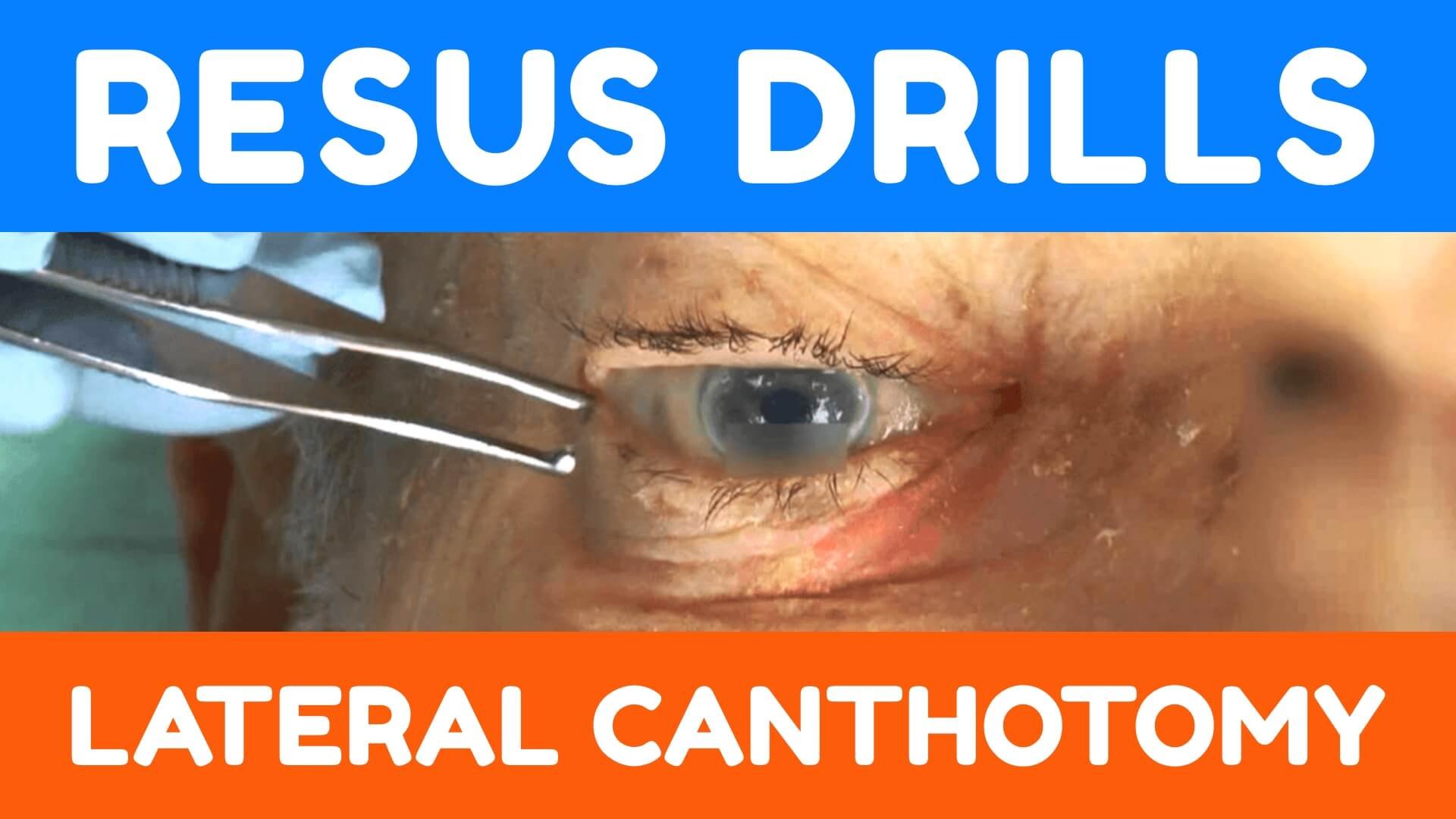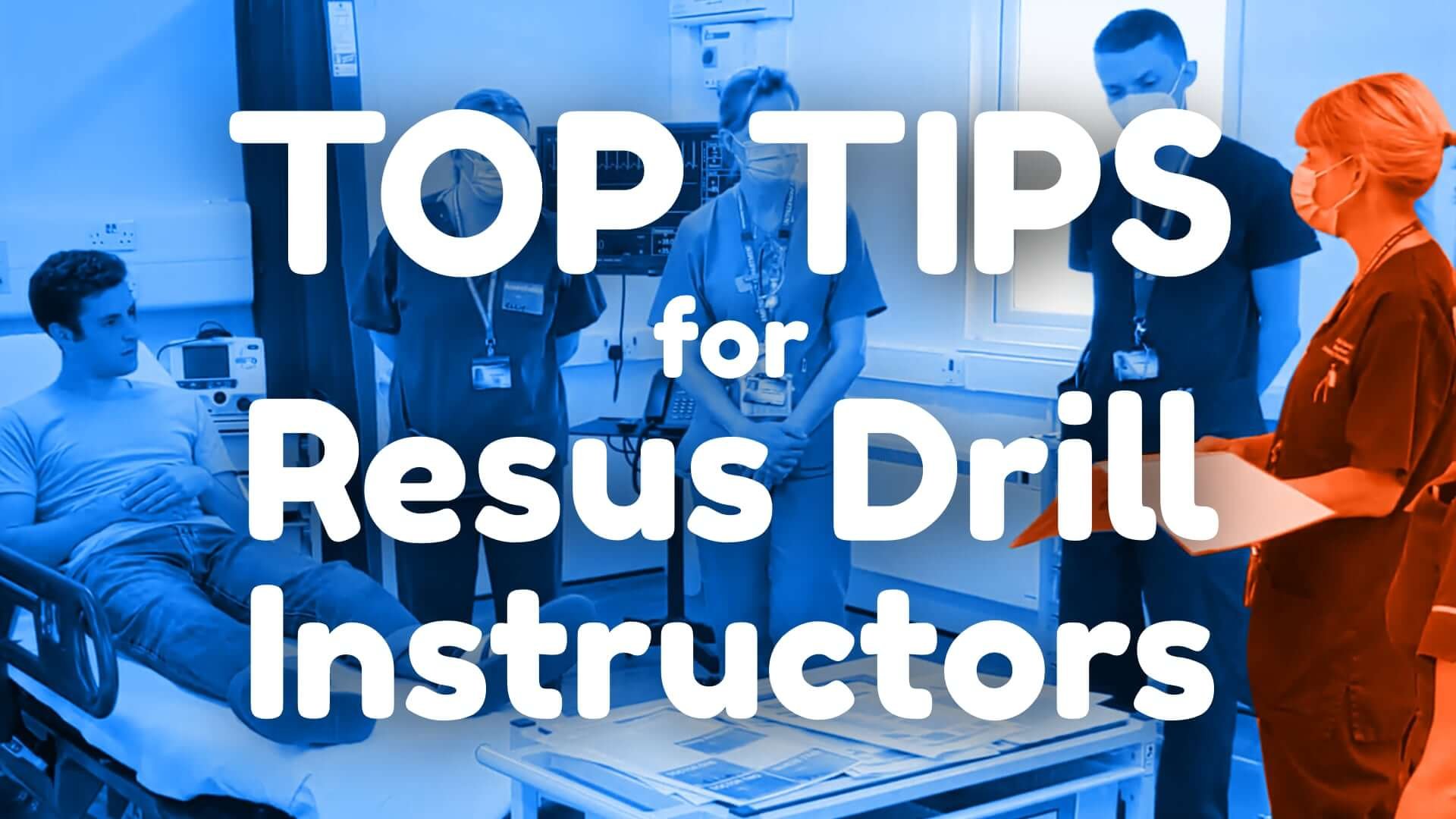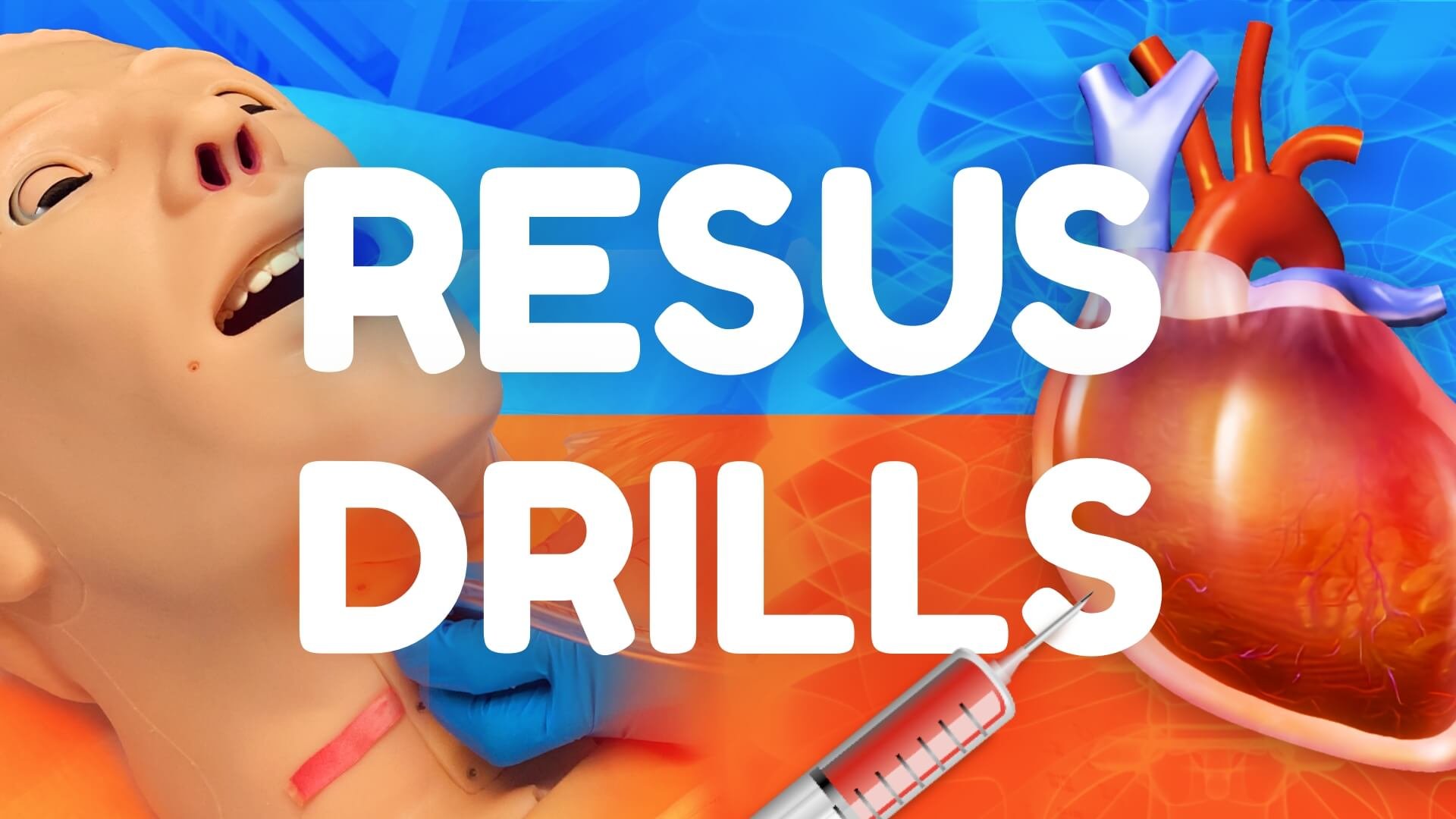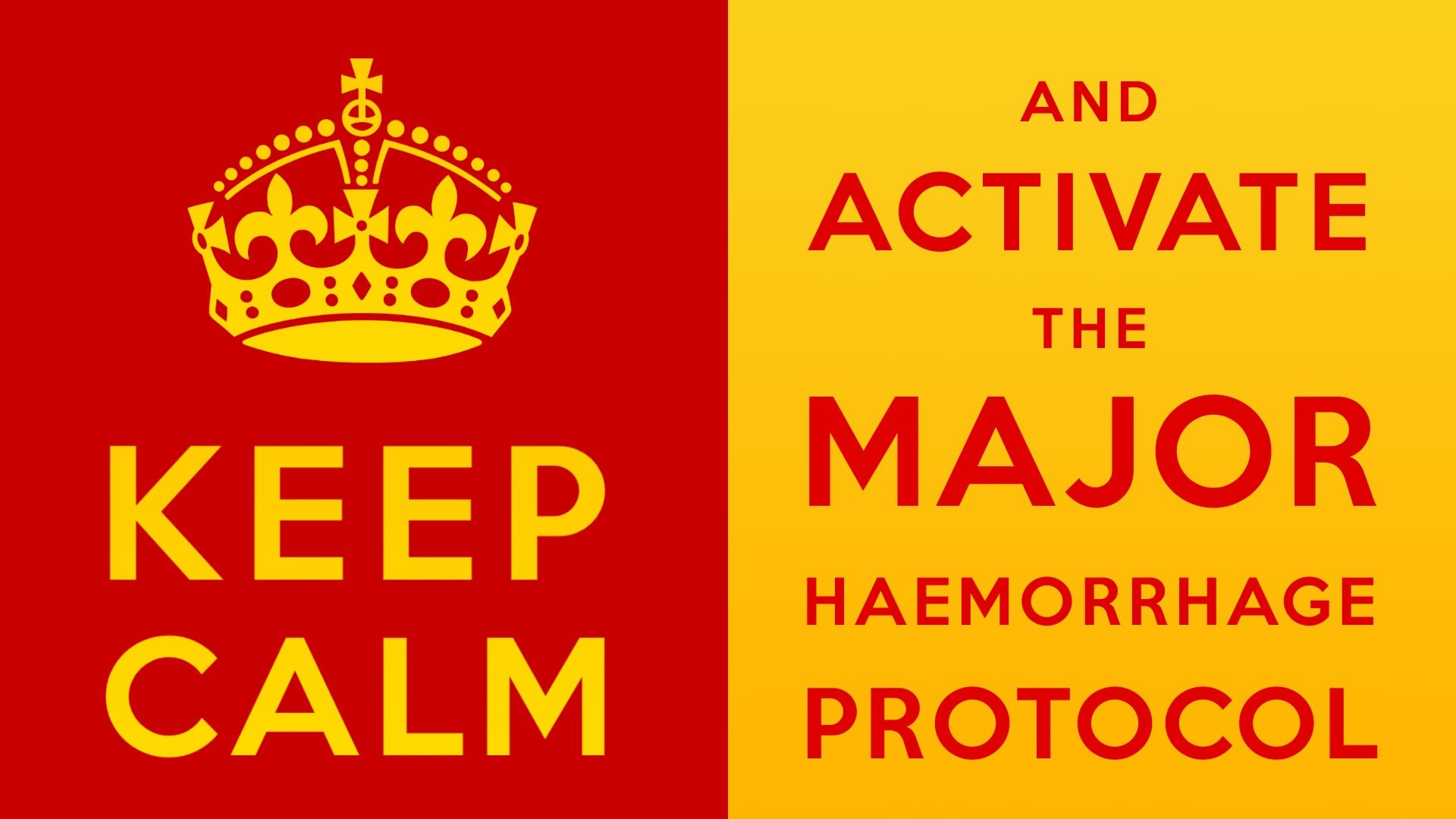PEM Updates
“A round-up of the latest PEM articles from across the web relevant to the CEM/RCPCH curriculum.”
Cardiology [2.2.2]
- MI in Children (PEM Playbook)
Endocrinology & Metabolic Medicine [2.2.6]
- Galactosemia (Pediatric EM Morsels)
Gastroenterology [2.2.7]
- Infant Formula Primer (Pediatric EM Morsels)
Neonatology [2.2.11]
- Neonate with Bloody Stool (Pediatric EM Morsels)
Paediatric Surgery [2.2.17]
- The Pediatric Surgical Abdomen (PEM Playbook)
Practical Procedures
- Procedural Sedation (PEM Blog)
Respiratory Medicine & ENT [2.2.19]
- Cystic Fibrosis in the Paediatric ED: Part 2 (Paediatric FOAMed)
Trauma [2.2.7]
- Trampoline Injuries (Pediatric EM Morsels)
A concerned mother rushes to the emergency department with her 12-month-old child who has had symptoms of a URTI, a one-day history of poor feeding and a single episode of vomiting…
2-year-old boy has suddenly vomited a large volume of fresh red blood. His mum has called an ambulance. On arrival, blood pressure is low and peripheries are cold…
49-year old bus driver, not wearing seatbelt, who has collided with a bridge. GCS 13 and bleeding heavily from the nose after hitting his face on the windscreen. Patient is becoming more drowsy…
52-year old male found on the bathroom floor by his daughter vomiting copious red blood. They will arrive in 3 minutes…
The alarm sounds from one of the paediatric toilets. The 15-year-old female that presented with abdominal pain has given birth unexpectedly. A baby is on the toilet floor attached by its cord.
You have received a 3-minute warning of a 28-year-old female who has had 30 minutes of severe shortness of breath, and has a past medical history of PE. She is 35 weeks pregnant.
The red phone has just rung with a 3-minute warning of a 19-year-old male stabbed in the epigastrium
A 74-year-old man has fallen in his garden and has facial injuries. He’s told a nurse he can’t see out of his right eye very well in the last half an hour and it is painful…
Resus Drills are for situations which happen quickly, are not common, and need a time-critical response. Each scenario is designed to run no longer than 15 minutes in total
Resus Drills are for situations which happen quickly, are not common, and need a time-critical response. Each scenario is designed to run no longer than 15 minutes in total
We simulated with ED clinicians & blood transfusion technicians to share tips and improve step-by-step communication when activating the MHP
17-year-old female presents with abdominal pain, unaware that she is pregnant, and unexpectedly goes into labour!
12-month-old boy is rushed into the PED unresponsive in his mother’s arms. He was last seen playing with some toys in the living room…
18-month-old boy is brought in with a two-day history of vomiting and being off form. His mother becomes stressed and leaves during the assessment.
2-week-old child with cough and coryzal symptoms for two days is brought into PED looking pale with significantly increased work of breathing.
After a year focussed heavily on COVID-19 we wanted to give our trainees the opportunity to get their heads above water and see what else is going on in paediatric emergency medicine
Bronchiolitis is a viral respiratory tract infection affecting the lower airways in children up to 2 years old (and more commonly in those less than 12 months old)
Our ever-creative PEM registrars came up with some teaching cards using medicolegal and patient outcomes to highlight the implication that mismanaged minors cases can have on the children we see.
After the success of our original Cards Against Paediatric Orthopaedics series we’ve decided to add some more cases, but in two new editions… Upper AND Lower cases!
A collection of regional video presentations given at our recent virtual PEM study day on all things paediatric minor injury-related!
After the success of our original Cards Against Paediatric Orthopaedics series we’ve decided to add some more cases, but in two new editions… Upper AND Lower cases!
Approximately 85% of radial head fractures occur in the 20-60 age range and are usually the result of a FOOSH when the radial head impacts the capitellum. 85-95% of patients managed conservatively have a good outcome.
Successful teamwork can be difficult to navigate in healthcare due to conflict over what the primary purpose of the team is. By negotiating and defining goals from the outset, we are likely to build mutual trust.
Conflict is an inevitable part of being around other people, so it’s useful to think about different styles for managing it. Which is your ‘go to’ and which you might like to develop?
Healthcare tribalism is useful to promote good team working, a positive work environment and resilience. However, negatives can creep in if tribes don’t welcome diversity into the team.
People are notoriously bad at understanding how others view them. We might not know how others perceive us unless we ask them, which is where feedback comes in.
It is common to focus on other’s achievements and strengths rather than our own. Not believing that you are as competent as you are perceived by others is called Imposter Syndrome.
This week we talk about self-awareness – specifically ‘internal’ self-awareness. What motivates us? What are our beliefs, attitudes and values? And how will these impact our career through emergency medicine?
Welcome to this first weekly blog for EM Leader trainees. So, what is leadership? It’s a word that gets used a lot, but can be difficult to define. Is there a difference between a leader and someone showing leadership?
Swift recognition of frailty is important in planning and tailoring any intervention. Using a Clinical Frailty Scale app can quickly and accurately calculate a patient's Clinical Frailty Score.





































